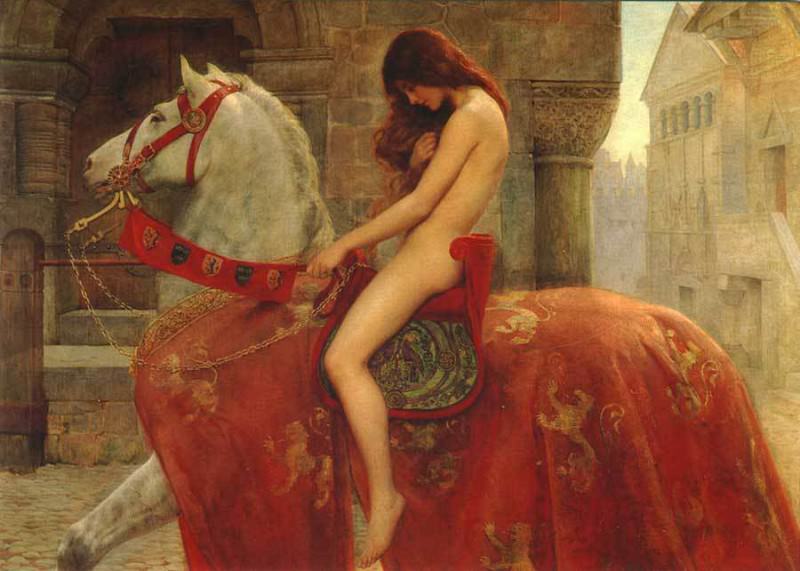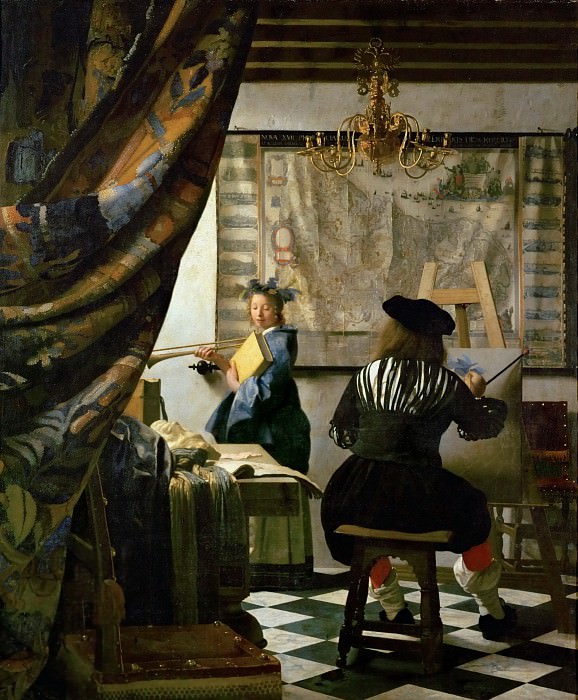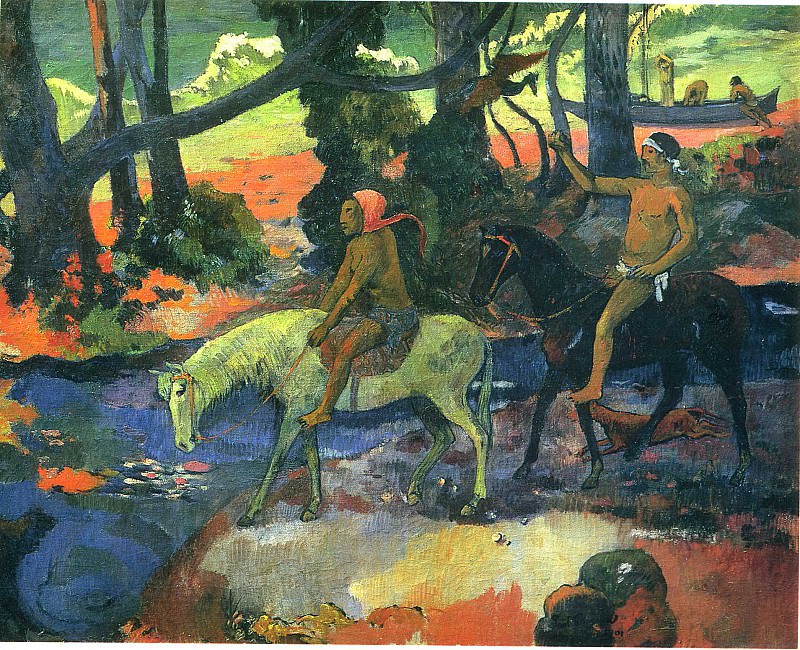Lawren Harris: The Visionary Artist of the Canadian Landscape
Lawren Harris is a name that resonates deeply within the annals of Canadian art history. A member of the famed Group of Seven, Harris's contribution to the art world, particularly his interpretation of the Canadian landscape, remains unparalleled. His work transcends mere representation of nature; it delves into the spiritual and abstract, offering viewers a glimpse into the soul of the northern wilderness.
Born in Brantford, Ontario, in 1885, Harris was privileged in many ways. He hailed from a wealthy family, which afforded him the luxury of pursuing his artistic interests without the financial pressures that many of his contemporaries faced. This freedom allowed Harris to explore his creative instincts fully, and his work would eventually reflect this unbridled exploration.
Harris's early work was heavily influenced by European Impressionism, which he studied during his travels abroad. However, upon returning to Canada, Harris found his true muse in the rugged, untamed landscapes of the Canadian Shield. The vastness, solitude, and raw beauty of the Canadian wilderness resonated with him deeply, and it was this connection that would come to define his most celebrated works.
The Group of Seven and Harris’s Role
In the early 20th century, Harris, along with six other artists, formed the Group of Seven. This collective sought to establish a uniquely Canadian style of art, one that was distinct from European influences. The Group of Seven believed that the Canadian landscape, with its vast forests, towering mountains, and endless skies, deserved to be celebrated in art. Harris, with his deep spiritual connection to the land, quickly became one of the leading voices of this movement.
Harris's role within the Group of Seven was pivotal. Not only was he a driving force behind the group's formation, but his financial resources also enabled them to undertake extensive painting expeditions across Canada. These trips allowed the group to capture the essence of the Canadian wilderness in a way that had never been done before.
The Evolution of Harris’s Style
Harris's artistic journey is marked by a continuous evolution in style and technique. His early works, while beautiful, were more traditional in their approach, focusing on detailed depictions of the landscape. However, as Harris delved deeper into his exploration of the Canadian wilderness, his work began to take on a more abstract and spiritual quality.
By the 1920s, Harris's work had undergone a significant transformation. He began to strip away the details, focusing instead on the underlying forms and shapes of the landscape. His use of color also evolved, with bold, vibrant hues replacing the more muted tones of his earlier work. This shift in style was not just a technical evolution but also a reflection of Harris's growing spiritual beliefs.
Harris was deeply influenced by theosophy, a spiritual movement that sought to explore the mysteries of the universe and the divine. This belief system had a profound impact on Harris's work, leading him to view the Canadian landscape as a manifestation of the divine. His paintings from this period are characterized by their almost otherworldly quality, with the landscape taking on an ethereal, dreamlike appearance.
The Iconic Works of Lawren Harris
Among Harris's most iconic works are his depictions of the Canadian Rockies and the Arctic. These paintings are not mere representations of the landscape; they are interpretations, imbued with a sense of spirituality and reverence for the natural world.
One of Harris's most famous works, Mount Lefroy, captures the stark beauty of the Canadian Rockies. The painting, with its sharp, angular lines and cool color palette, conveys the majesty and isolation of the mountains. Yet, there is also a sense of serenity and peace, as if the mountains are not just physical forms but spiritual entities.
Similarly, Harris's Arctic paintings, such as Lake Superior, are studies in abstraction and minimalism. The vast, empty expanses of the Arctic landscape are rendered in simple, geometric forms, with the use of light and shadow creating a sense of depth and mystery. These works are a testament to Harris's ability to capture the essence of a place, not through detailed representation but through the evocation of mood and atmosphere.
Harris’s Legacy
Lawren Harris's influence on Canadian art cannot be overstated. His work not only helped to establish a uniquely Canadian style of landscape painting but also paved the way for future generations of artists to explore the spiritual and abstract in their work.
Harris's legacy is also evident in the continued popularity of his work. His paintings are highly sought after by collectors and have been exhibited in some of the most prestigious galleries and museums around the world. In recent years, there has been a renewed interest in Harris's work, with several major exhibitions celebrating his contribution to Canadian art.
The Spiritual Dimension in Harris’s Work
Harris's work is often described as having a spiritual dimension, a quality that sets it apart from the work of his contemporaries. This spiritual aspect is most evident in his later works, where the landscape becomes a symbol of the divine.
Harris was deeply influenced by theosophy, which taught that the material world was a reflection of a higher spiritual reality. This belief is reflected in his paintings, where the landscape is often depicted in a stylized, almost abstract manner. The mountains, lakes, and skies in Harris's paintings are not just physical entities but symbols of the spiritual forces that shape the universe.
This spiritual dimension is also evident in Harris's use of color. His later works are characterized by their bold, vibrant colors, which seem to radiate with an inner light. This use of color is not just a stylistic choice but a reflection of Harris's belief in the spiritual power of nature.
Harris’s Impact on Canadian Culture
Lawren Harris’s contribution to Canadian culture extends beyond his work as an artist. He was also a key figure in the development of Canadian cultural institutions. Harris was instrumental in the founding of the Canadian Group of Painters, which succeeded the Group of Seven, and he played a significant role in the establishment of the National Gallery of Canada.
Harris’s commitment to Canadian culture was also evident in his writing and lectures. He was a passionate advocate for the arts and believed that art had the power to shape national identity. His essays and speeches on Canadian art and culture continue to be influential, and his ideas about the role of art in society remain relevant today.
Conclusion: The Timelessness of Lawren Harris’s Art
Lawren Harris's art is timeless. His work continues to captivate audiences with its beauty, power, and spiritual depth. Harris's ability to capture the essence of the Canadian landscape, not just as a physical entity but as a symbol of the divine, sets his work apart from that of his contemporaries.
Harris's influence on Canadian art and culture is profound. His work helped to establish a uniquely Canadian style of landscape painting, and his ideas about the spiritual power of nature continue to inspire artists today. As we look back on Harris's legacy, it is clear that his work will continue to resonate with future generations, offering them a glimpse into the soul of the Canadian wilderness.




